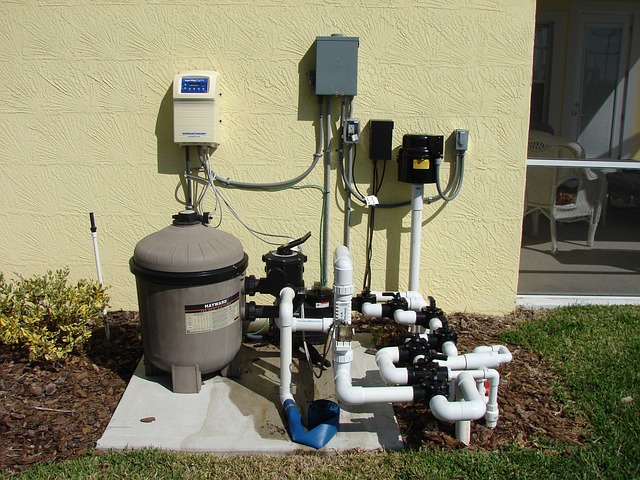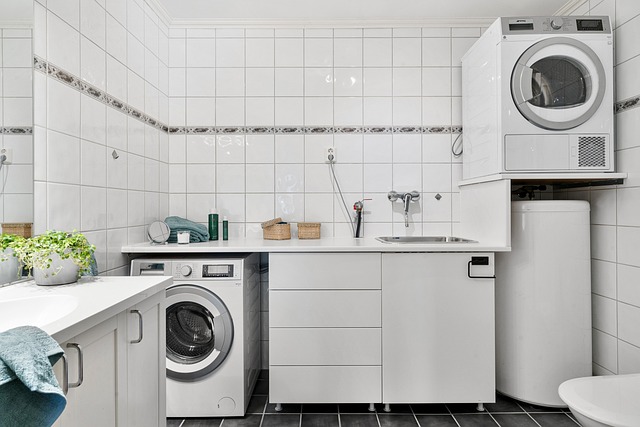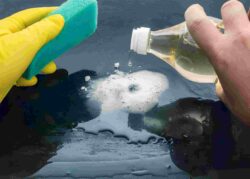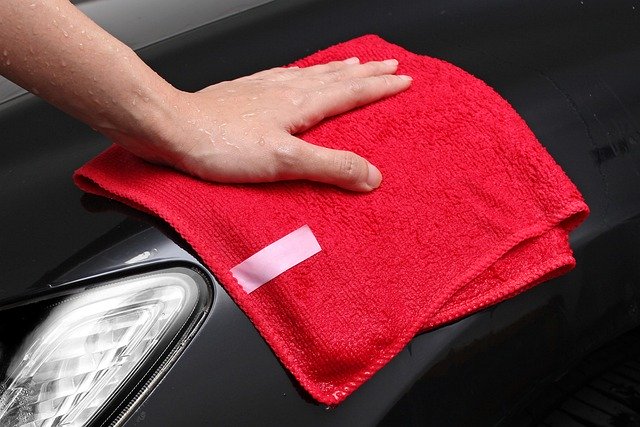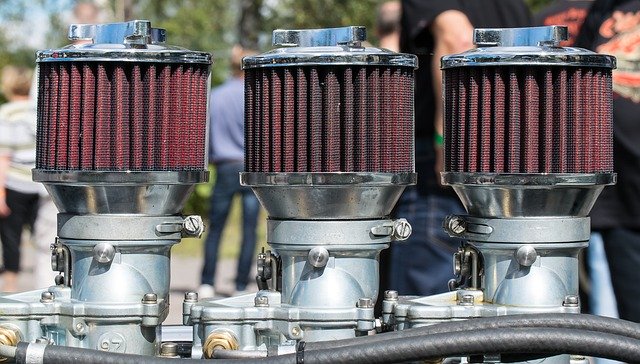In the quest for clean and safe drinking water, your home’s water filtration system stands as your trusty guardian, ensuring that every drop from the tap is pure and refreshing. But just like any superhero, even the most reliable water filtration systems need a bit of TLC to continue their mission effectively. In this comprehensive guide, we’ll dive into the essential steps and expert tips on how to clean and maintain your home’s water filtration system, safeguarding your family’s health and the longevity of this vital appliance.
Whether your a seasoned homeowner or new to water filtration systems, our insights will empower you to take charge of your water quality, providing clarity on filter replacements, routine maintenance, and troubleshooting common issues. Joint us on this journey to pristine water, where a little care goes a long way in ensuring your system performs at it’s best, day in and day out. Say goodbye to contaminants and hello to peace of mind as we embark on this cleansing adventure together.
Table of Contents
Understanding Your Water Filtration System
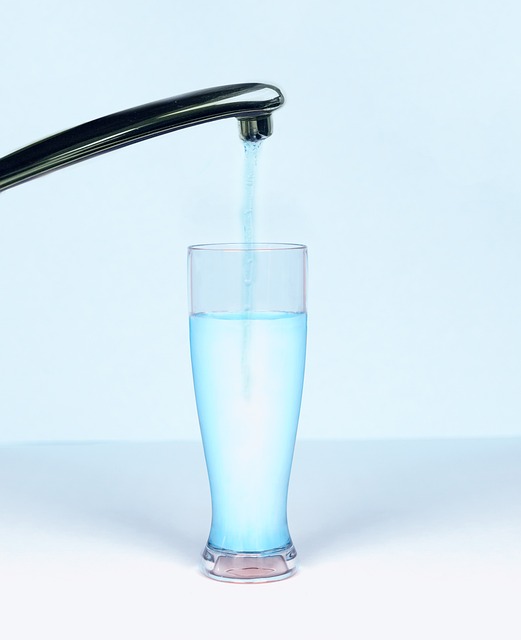
Before diving into the cleaning and maintenance process, it’s crucial to understand the basics of your water filtration system. Different systems have various components and mechanisms, such as activated carbon filters, reverse osmosis membranes, or UV sterilizers. Knowing the specific type of system you have will help you better grasp the cleaning techniques and maintenance requirements.
Regular Filter Replacement
The first and most essential step in maintaining your water filtration system is regular filter replacement. Filters can accumulate impurities and contaminants over time, compromising their effectiveness. By replacing them according to the manufacturer’s instructions, you ensure that your system continues to deliver clean water. Here are some key points to keep in mind:
- Check the recommended filter replacement schedule provided by the manufacturer.
- Most filters need to be replaced every 3 to 6 months, but this may vary depending on the system and water quality.
- Consider using a calendar reminder or a filter replacement service to help you stay on top of this crucial task.
Cleaning Sediment Filters
Sediment filters are designed to trap larger particles and sediment in your water. Over time, these filters can become clogged, affecting the flow rate and overall performance of your filtration system. Cleaning sediment filters is a straightforward process:
- Turn off the water supply to the system.
- Locate the sediment filter housing and remove it.
- Carefully remove the filter cartridge and dispose of it.
- Rinse the filter housing with clean water to remove any remaining debris.
- Insert a new sediment filter cartridge into the housing.
- Reattach the housing and turn the water supply back on.
Maintaining Carbon Filters
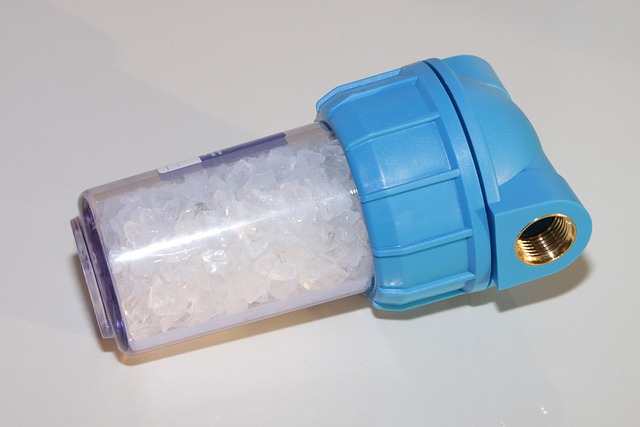
Carbon filters are highly effective in removing chlorine, chemicals, and unpleasant odors from your water. To maintain their efficiency, it’s important to follow these guidelines:
- Check the manufacturer’s instructions for recommended carbon filter replacement intervals, as they can vary.
- In some cases, carbon filters can be rinsed to remove loose particles, extending their lifespan.
- However, if the carbon filter becomes clogged or ineffective, replacement is the best course of action to ensure clean water.
Cleaning and Disinfecting Reverse Osmosis Systems
Reverse osmosis (RO) systems are known for there ability to remove a wide range of contaminants from water. To keep your RO system in optimal condition, follow these steps:
- Shut off the water supply to the system and relieve the pressure by opening the faucet.
- Remove the pre-filter housings and replace the filters as needed.
- Sanitize the system by mixing a solution of water and bleach (following the manufacturer’s instructions).
- Run the bleach solution through the system, allowing it to sit for the recommended time.
- Flush the system with clean water to remove any traces of bleach.
- Reinstall the pre-filter housings and turn the water supply back on.
UV Sterilizer Maintenance
UV sterilizers use ultraviolet light to kill bacteria and other microorganisms present in the water. To ensure their effectiveness, regular maintenance is essential:
- Check the manufacturer’s instructions for the recommended lifespan of the UV lamp, usually between 9 and 12 months.
- Replace the UV lamp accordingly, even if it still appears to be functioning, as its effectiveness diminishes over time.
- Clean the quartz sleeve surrounding the lamp every 3 to 6 months, as mineral deposits can affect UV transmission.
Additional Maintenance Tips on How to Clean and Maintain Your Home’s Water Filtration System
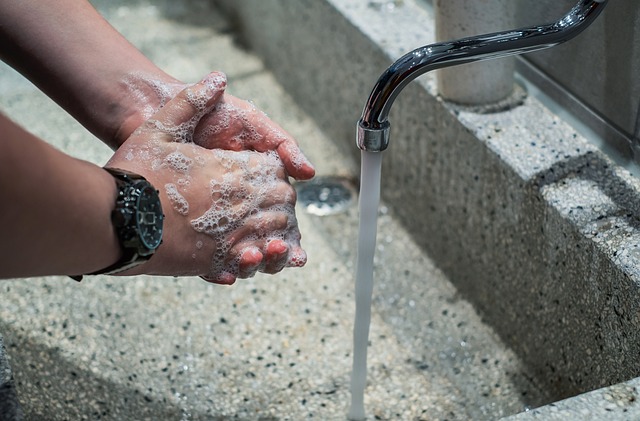
In addition to the specific maintenance tasks mentioned above, here are some additional tips to keep your water filtration system in excellent condition:
- Inspect your system periodically for leaks, loose fittings, or any signs of damage. Address any issues promptly to prevent further complications.
- Clean the exterior of the system regularly using a mild detergent and a soft cloth.
- Keep an eye on the water pressure and flow rate. Sudden drops in pressure may indicate a clogged filter or other problems that need attention.
Conclusion
knowing how to clean and maintain your home’s water filtration system is crucial for providing your family with clean and safe drinking water. By understanding the specific requirements of your system and following the recommended maintenance tasks, you can enjoy the benefits of pure water for years to come. Remember to regularly replace filters, clean sediment and carbon filters, disinfect reverse osmosis systems, maintain UV sterilizers, and stay vigilant about overall system condition. Your efforts will pay off with fresh, clean water and peace of mind knowing that your home’s water supply is free from harmful contaminants.





